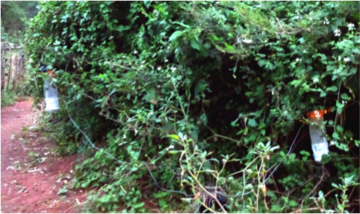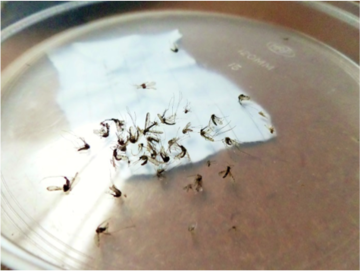Katherine Morton
Last update: 29 September 2014
Summary
The aim of this CIRAD/RP-PCP project is to conduct a preliminary analysis of the epidemiology of Rift Valley Fever in Zimbabwe, focusing in particular on its transmission at wildlife/livestock interfaces. Indeed previous research has suggested that wildlife could play an important role in the epidemiology of Rift Valley Fever; in particular it is thought that buffaloes could be involved. This study should highlight important research foci for the future. A first part of the study will involve analyzing a serological database containing serological results from several species. These species include cows, sheep and goat for the domestic animals and buffalo, impala, greater kudu and zebra for the wildlife. The sampling sessions leading to this database where conducted at various interfaces where the degree of contact between livestock and wildlife varied from practically non-existent to relatively intense. This should allow us to see whether contact with wildlife has an impact on the transmission of Rift Valley Fever (RVF) to livestock. A second part of this study is to identify the mosquito species present at these interfaces and, through comparing these to the potential and known vectors of RVF found in the literature, to hypothesize as to how the virus is transmitted in these different areas.
The statistical analysis will be performed on a database combining results from several serological studies conducted between 2008 and 2011, in and around the two largest National Parks in Zimbabwe: Hwange National Park and Gonarezhou National Park. The entomological studies, conducted in the same areas as mentioned previously will be carried out as follows: trapping will be done using CDC light traps or EID light traps during three consecutive nights at each location. The mosquitoes will then be separated from other insects and placed individually in Eppendorf tubes containing silica gel and cotton wool. They will then be identified using an identification key and each species counted.
This study will be followed by further mosquito trapping sessions occurring at 3 months interval throughout the year in other to follow the dynamics of mosquito species in order to better understand the potential role of each species. Any blood-fed mosquitoes caught will also be analyzed by ELISA or PCR in order to determine the hosts they have fed on. Serological testing on a couple of thousand samples covering a period from 2009 to 2013 will also be conducted. This should help bring to light any statistically significant variables that didn’t come up in previous analysis due to a too small sample size.
Last update: 29 September 2014


